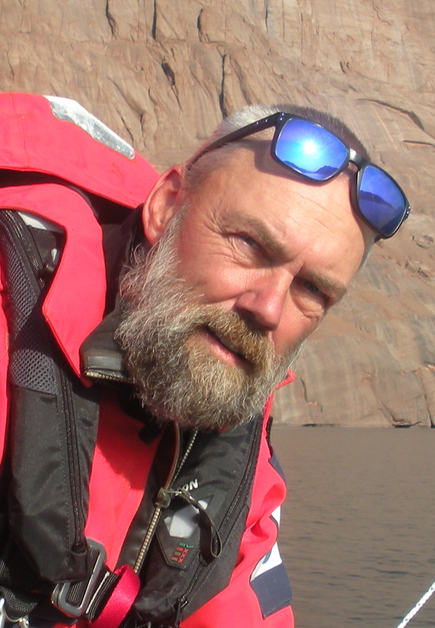New research center investigates the consequences of melting ice and increased freshwater in the Arctic
The salt concentration in the ocean decreases when it mixes with more freshwater. This is happening at an increasing rate in the Arctic Ocean, which could have major consequences for ecosystems, ocean currents, and the climate. The Danish National Research Foundation is providing approximately DKK 60 million to Professor Søren Rysgaard, Aarhus University, and the new basic research center, Center for Ice-free Arctic Research (CIFAR), which aims to understand the consequences of melting ice and the influx of more freshwater into the Arctic.

The Arctic Ocean is the smallest of the five oceans, yet it receives a full 11 percent of the world's river water. On top of that, large amounts of freshwater are entering from melting sea ice and glaciers in Greenland.
This massive influx of freshwater is altering the physical and chemical dynamics of the ocean. It can disrupt ocean currents in the so-called thermohaline circulation – a global conveyor belt of oceanic water – which may have significant consequences for the global climate.
And, of course, it could disturb marine life.
However, predicting the overall effect is challenging because the processes involved are highly complex.
Nevertheless, this is precisely what Professor Søren Rysgaard and his colleagues aim to achieve with CIFAR.
Focusing on the region around East Greenland, where most of the sea ice and freshwater from the Arctic Ocean flows past, they will attempt to determine how melting ice and reduced salinity in the ocean will alter ocean properties and impact marine ecosystems.
One of the center's key projects involves studying the patterns of meltwater runoff from glaciers and how it affects water masses and biochemical processes along the coast.
CIFAR will also investigate how the loss of ice and the influx of freshwater will influence marine food chains. When the ice melts, both light and nutrient conditions change, potentially altering the composition of plankton and the broader marine ecosystems.
The center will combine field data, satellite observations, and models to create the first comprehensive overview of how freshwater and ice melt will shape the Arctic Ocean. This knowledge is crucial for the future of the Arctic and for understanding global climate change and its impact on coastal populations.
Søren Rysgaard is excited about the establishment of CIFAR and emphasizes the importance of the funding and its timing.
"The timing is critical, as climate changes are accelerating rapidly. The funding also allows us to expand data analysis from the advanced research infrastructure (GIOS) that we have developed in Greenland in recent years," he says.
GIOS (Greenland Integrated Observing System) is a research infrastructure that connects all institutions and universities conducting Arctic research within the Danish Realm. The project, coordinated by Søren Rysgaard, develops and deploys a network of automated monitoring stations measuring changes in air, ice, land, and sea in the Arctic.
Contact
Professor and Centre Director Søren Rysgaard,
Arctic Research Center,
Aarhus University
Email: rysgaard@bio.au.dk
Mobile: +45 2464 3206
